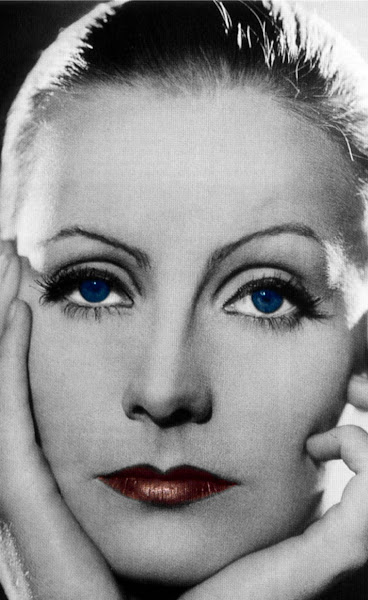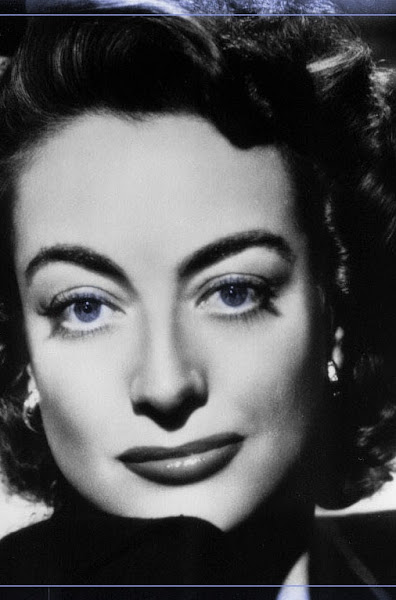
Having seen "Belle de Jour" and "La Charme Discrète de la Bourgeoisie (The Discreet Charm of the Bourgeoisie)," I am well familiar with some of the most hailed works of master surrealist filmmaker, Luis Buñuel, and some of the targeted themes of his films - fantasy, immorality, or lack of direction of the upper class and even the hypocrisy of religious officials. I was completely unprepared for "Un Chien Andalou (An Andalusian Dog)," however. The work coming some forty-ish years (1929-1967) before "Belle de Jour," "Chien" proves that Buñuel had, at that point in time, clearly established his purpose on film to make something so extraordinary and inevitably shocking.
Having done a little research on Wikipedia, I discovered that the concept for "Chien" came from a discussion between filmmaker Buñuel and painter and fellow surrealist Salvador Dalí, where each shared a certain dream he had had and decided to mutually embark on a project that explored the depths and contents capable of the human psyche. The dream of Buñuel is shown at the film's beginning - a man bathed in shadow sharpens his razor before holding it against the eye of a female, and crosscutting connects the slice across her eye to the moon in the sky suffering a similar wound. At this point in the film, one thing becomes clear, especially in the initial viewing: this film has no real story. Everything is a reality so farfetched it must be a dream.
But how these dreams connect is the real question to be pondered. For example, when the woman looks into the man's ant-infested palm, the image fades into that of an armpit, then that of a bush. The next shots show a crowd of people eyeing a severed hand in the street. Later in the film, when the same man wipes off his mouth, the action of the woman putting on her lipstick causes an armpit to grow where his mouth should be. In this way, the "dreamlike sequences," although put together to fit like some semblance of a story, actually reconnect individual metaphorical representations. As far as a thematic interpretation, I do find it fascinating that Buñuel essentially destroys the senses in the film, including the woman's sliced eye (sight) and the severed hand in the street (touch). Even the removal of the man's lips near the end of the film incorporates this idea by removing something so sensually important for his body.
The only thing I wonder now is if I could be overanalyzing. Was Buñuel really attempting something this deep - destruction of the body to experience the wonders of the mind? Again, according to my Wikipedia research, he was quoted, saying the film does not intentionally symbolize or represent anything, and there are still a number of things the film explores that I cannot even begin to analyze without turning this into a lengthy paper. However, does that stop us from analyzing? This much is certain: "Chien" is the epitome of early surrealism, especially promoting the power of dreams free of rational thought, including the marriage of far-reaching ideas and surprising images.
*originally printed for use in discussion in French 210: French Film, lectured by Professor Lynn Ramey*
September 1, 2008
Random Musing: Un Chien Andalou
Labels:
random musings
Subscribe to:
Post Comments (Atom)

.jpg)

.jpg)
.jpg)

No comments:
Post a Comment